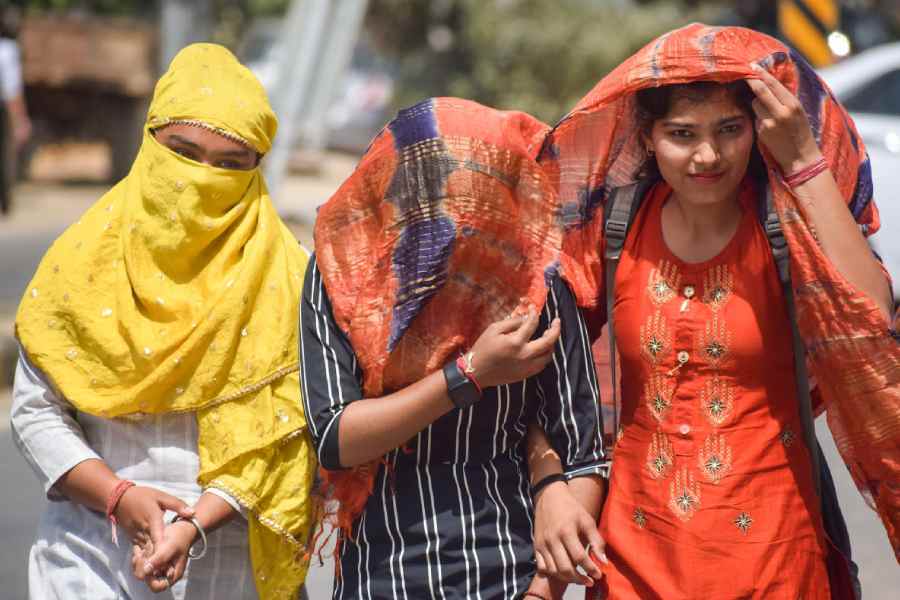Crowded situations whether outdoors or indoors can increase the risk of heat-related illnesses even in the absence of heatwave alerts, a Union health ministry division has cautioned amid weather forecasts of excess days of heatwaves across India during the 2024 general election season.
The National Programme for Climate Change and Health in a public health advisory on extreme heat has also underlined that physical exertion, direct sun exposure, overcrowding and difficult access to shade or water may worsen the health of vulnerable people.
Infants and young children, pregnant women and people with cardiovascular disease or high blood pressure are among vulnerable populations. Heat-related illnesses include heat rash, heat oedema (swelling of hands, feet, and ankles), fainting and heat stroke.
The ministry shared the advisory for public dissemination on Wednesday after health minister Mansukh Mandaviya chaired a meeting to review public health preparedness for the management of heat-related illnesses, asserting the need for “timely, advance and wide awareness among people on preventive measures”.
The advisory outlines myriad “dos and don’ts” to reduce the risk of heat-related illnesses — staying hydrated, limiting outdoor activities during the cooler parts of the day, and immersing feet in 20°C water above the ankles to provide rapid cooling, among others.
Mandaviya at the meeting also noted the need to create a central database with inputs from states on heatwaves, including cases of heat-related illnesses and deaths. Officials have said 23 states and around 100 districts have updated heat action plans and launched public awareness generation campaigns.
The review comes against the backdrop of forecasts from the India Meteorological Department that most parts of the country are likely to experience above-normal maximum temperatures during April, May and June this year. Only the east, Northeast and pockets of northwest India are expected to experience normal maximum temperatures.
The IMD in an updated forecast earlier this week also said most parts of the country are likely to experience six to 16 excess heatwave days over the long-term average during April-June. Six excess heatwave days imply that a region that on average has 10 heatwave days over the three months will experience 16 heatwave days this year.
The forecast has indicated that southern Rajasthan, Gujarat, western Maharashtra and northern Karnataka are likely to be the hardest hit by heatwaves.
The health ministry had earlier this year written to states asking them to enhance the preparedness of health facilities for extreme heat through adequate stocks of essential medicines, oral rehydration salt solutions, ice-packs and intravenous fluids.











